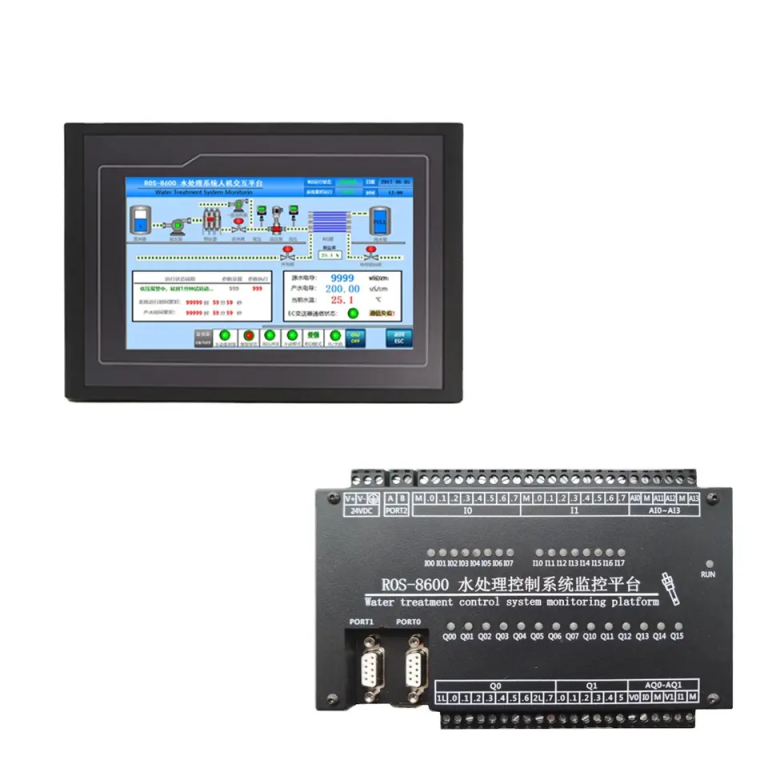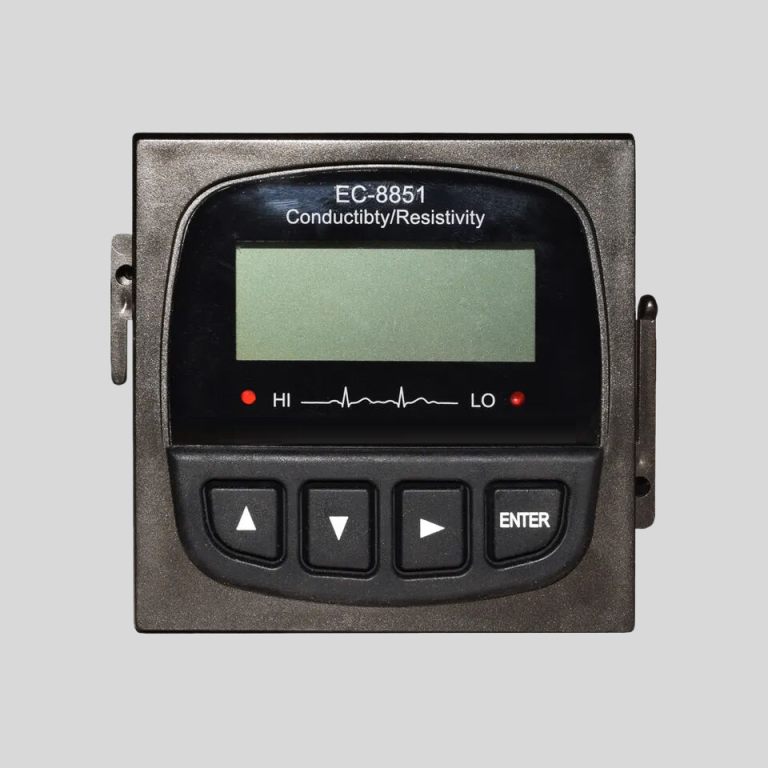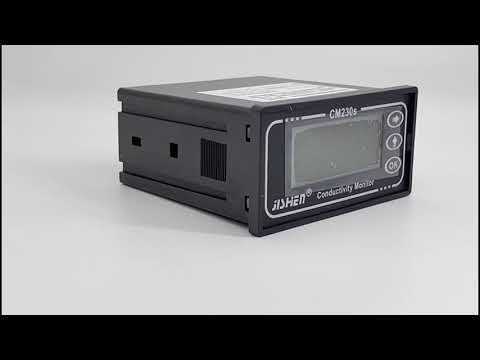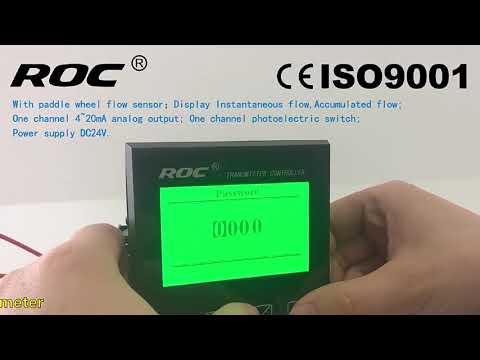Signs Your turbidity sensor Needs Replacement: A Comprehensive Guide
Turbidity sensors are essential tools in various industries, including water treatment, environmental monitoring, and food and beverage production. They measure the cloudiness or haziness in a liquid caused by suspended particles. However, like any other device, turbidity sensors can malfunction or wear out over time. Knowing the signs of a faulty turbidity sensor is crucial to maintaining the accuracy and reliability of your measurements.
One of the most apparent signs that your turbidity sensor may be failing is inconsistent or erratic readings. If your sensor is providing measurements that fluctuate wildly or do not align with expected values, it could be an indication that the sensor is not functioning correctly. This inconsistency could be due to a variety of issues, such as a damaged sensor element, a malfunctioning circuit, or a problem with the sensor’s calibration.
Another common sign of a faulty turbidity sensor is a sudden change in baseline readings. If your sensor’s readings suddenly shift without a corresponding change in the liquid’s turbidity, it may be a sign that the sensor is malfunctioning. This shift could be due to a problem with the sensor’s light source, which may be dimming or flickering, causing inaccurate readings.
| Model | pH/ORP-3500 pH/orp meter |
| Range | pH:0.00~14.00 ; ORP: (-2000~+2000)mV; Temp.:(0.0~99.9)°C (Temp.Compensation: NTC10K) |
| Resolution | pH:0.01 ; ORP: 1mV; Temp.:0.1°C |
| Accuracy | pH:+/-0.1 ; ORP: +/-5mV(electronic unit); Temp.: +/-0.5°C |
| Temp. compensation | Range: (0~120)°C; element: Pt1000 |
| Buffer Solution | 9.18; 6.86; 4.01; 10.00; 7.00; 4.00 |
| Medium Temp. | (0~50)°C (with 25°C as standard) manual/automatic temp. compensation for selection |
| Analog output | Isolated one Channel(4~20)mA, Instrument/Transmitter for selection |
| Control Output | Double relay output (single contact ON/OFF) |
| Working Environment | Temp.(0~50)℃; relative humidity <95%RH (non-condensing) |
| Storage Environment | Temp.(-20~60)℃;Relative Humidity ≤85%RH (none condensation) |
| Power Supply | DC 24V; AC 110V; AC220V |
| Power consumption | <3W |
| Dimension | 48mmx96mmx80mm(HxWxD) |
| Hole Size | 44mmx92mm(HxW) |
| Installation | Panel mounted, fast installation |
| Model | TUR-6101 Laser Turbidity Data Acquistion Terminal |
| Range | 0-10/100/4000NTU or as required |
| Display | LCD |
| Unit | NTU |
| DPI | 0.01 |
| Accuracy | ±5% FS |
| Repeatability | ±1% |
| Power | ≤3W |
| Power Supply | AC 85V-265V±10% 50/60Hz or |
| DC 9~36V/0.5A | |
| Working Environment | Ambient temperature:0~50℃; |
| Relative humidity≤85% | |
| Dimensions | 160*80*135mm(Hanging) or 96*96mm(Embeded) |
| Communication | 4~20mA and RS-485 communication (Modbus RTU) |
| Switched output | Three-way relay,capacity 250VAC/5A |
In addition to these signs, a turbidity sensor that requires frequent recalibration may also be nearing the end of its lifespan. While periodic recalibration is a normal part of maintaining a turbidity sensor, if you find that your sensor needs recalibration more frequently than usual, it may be a sign that the sensor is wearing out. This could be due to a variety of factors, including wear and tear on the sensor’s components or a buildup of debris on the sensor’s surface.
Physical damage to the sensor is another clear sign that your turbidity sensor may need replacement. This could include visible cracks or chips in the sensor’s casing, damage to the sensor’s wiring, or signs of water or chemical damage. Physical damage can significantly impact the sensor’s accuracy and reliability, and in many cases, it may be more cost-effective to replace the sensor rather than attempting to repair it.
Finally, if your turbidity sensor is not responding at all, it is a clear indication that the sensor is faulty. This could be due to a variety of issues, including a dead battery, a broken circuit, or a damaged sensor element. In these cases, it is often best to replace the sensor to ensure accurate and reliable measurements.

In conclusion, knowing the signs of a faulty turbidity sensor is crucial to maintaining the accuracy and reliability of your measurements. Inconsistent or erratic readings, sudden changes in baseline readings, frequent recalibration needs, physical damage, and a lack of response are all signs that your turbidity sensor may need replacement. By keeping an eye out for these signs and acting promptly when they appear, you can ensure that your turbidity measurements remain accurate and reliable, helping you to maintain the highest standards in your industry.








